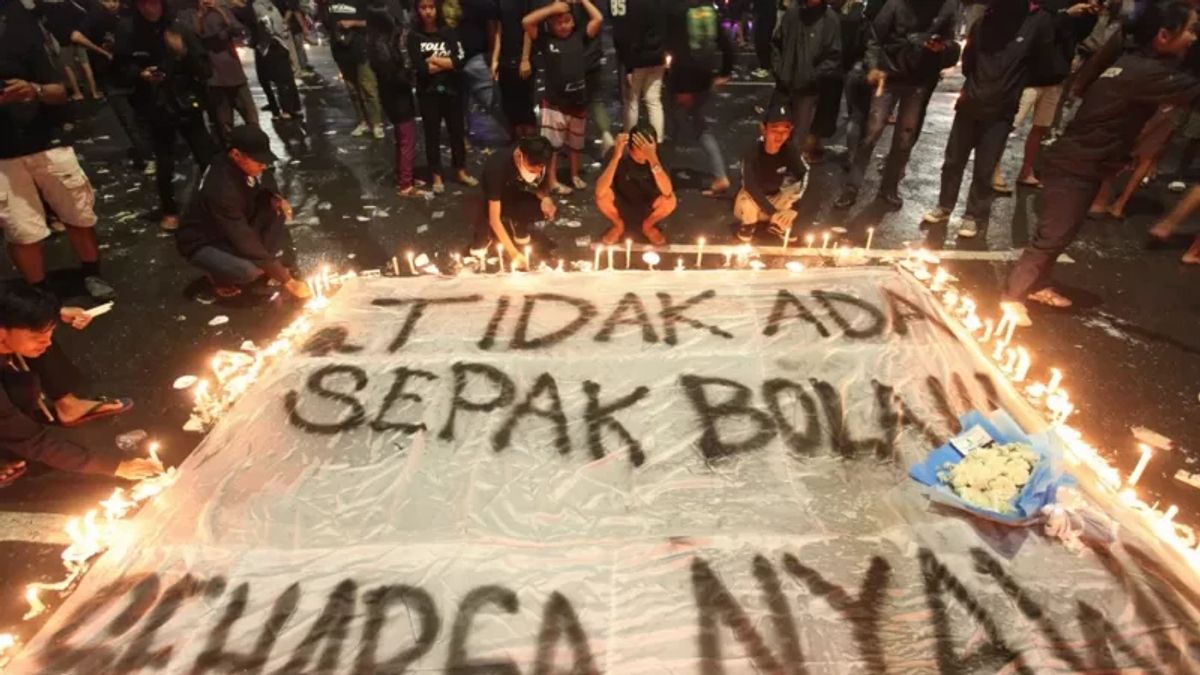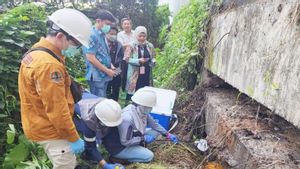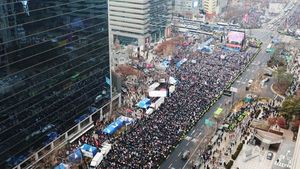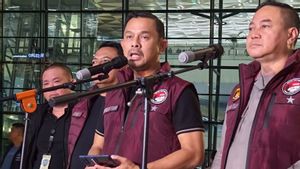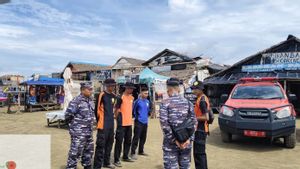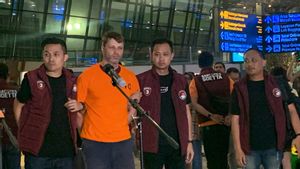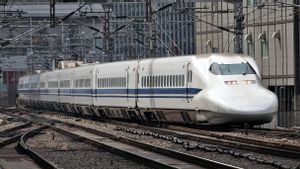JAKARTA - The chaos took 132 lives. The Joint Independent Fact Finding Team (TGIPF) continues to work hard to investigate the cause of the chaos that caused the national football grief.
TGIPF member of the Kanjuruhan Tragedy, Laode M Syarif, said that his party had interviewed various parties.
Starting from the victims, match organizers, League 1 operators, the associations responsible for managing football in Indonesia, to community organizations or CSOs have been visited or questioned.
"We have heard enough information from the victim and his family, the match organizers, PT LIB, PSSI, and CSO," Laode told VOI, Wednesday, October 12.
Laode also said that TGIPF had pocketed supporting evidence that became the subject of investigation. The clear picture of the chaos that occurred after the Arema FC vs Persebaya Surabaya match on Saturday, October 1, has also been analyzed by the team via video and CCTV at the scene.
"We have also seen evidence of field videos, from the public and from stadium CCTV, including from APH in the field," Laode continued.
Based on information from the AFC Safety Security Officer and PFA Safety Committee Chairman as well as member of the TGIPF, Nugroho Setiawan, the preliminary findings of the Kanjururan Tragedy investigation related to security infrastructure at the stadium are as follows:
1. High-Service Installation Standards
The Kanjuruhan Stadium is not yet suitable to host a high-risk match match or has a high risk.
"The temporary conclusion is that this stadium is not suitable to hold a high risk match," said Nugroho Setiawan in a video on the YouTube channel of the Coordinating Ministry for Political, Legal and Security Affairs, quoted Wednesday, October 12.
Nugroho said that the minimum-scale football match which did not have the potential to be high against friction and the upturn of spectators from being blown by the referee whistle until the end of the match could still be held in Kanjuruhan. However, he said that high-risk matches should be avoided.
2. Pintu Stadion Kanjuruhan Uninhabitable
CCTV footage at the stadium shows a number of points during the riot in the crowd. The situation at the stadium door is in the spotlight. Mainly at door 13.
According to CCTV footage seen by TGIPF, the audience immediately blocked the exit of the Kanjuruhan Stadium. They became even more panicked when tear gas was shot by the police inside the stadium.
As a result, not a few spectators were jostling on, squeezed until they were out of breath when they wanted to leave the stadium door.
"So it means that for high risk match we have to make concrete calculations, for example how to issue spectators during an emergency. The entrance functions as an exit, even that is not adequate. Then there is no emergency exit. So future repairs change the structure of the door," said Nugroho.
3. Household Children Not in accordance with Safety Rules
TGIPF stated that the standard for household buildings in the Kanjuruhan Stadium is another point of not being carried out in the location of the match.
Nugroho said, in addition to the standard of household buildings, the stairs at the Kanjuruhan Stadium were considered unkempt. Especially when there is a crush due to panic, so the handle of the stairs broke to injure the audience.
"The steps are normative in safety regulations, 18 centimeters high, 30 centimeters wide. This was between the width of the tread and the same height. The average is close to 30 centimeters," said Nugroho.
4. Inappropriate Eyewater Gas Over the Crowds
After meeting, seeing and having witnessed the phenomenon of trauma to the victim's wound due to the effects of tear gas fired by the police during the Kanjuruhan Tragedy, TGIPF concluded that tear gas was the main factor in the problem in this riot.
"The trauma of the wound is blackened, then reddened. According to the doctor, it is the fastest one month of recovery. So the effect contained in this tear gas is extraordinary, this is also worth considering for crowd control in the future," said Nugroho.
The English, Chinese, Japanese, Arabic, and French versions are automatically generated by the AI. So there may still be inaccuracies in translating, please always see Indonesian as our main language. (system supported by DigitalSiber.id)
